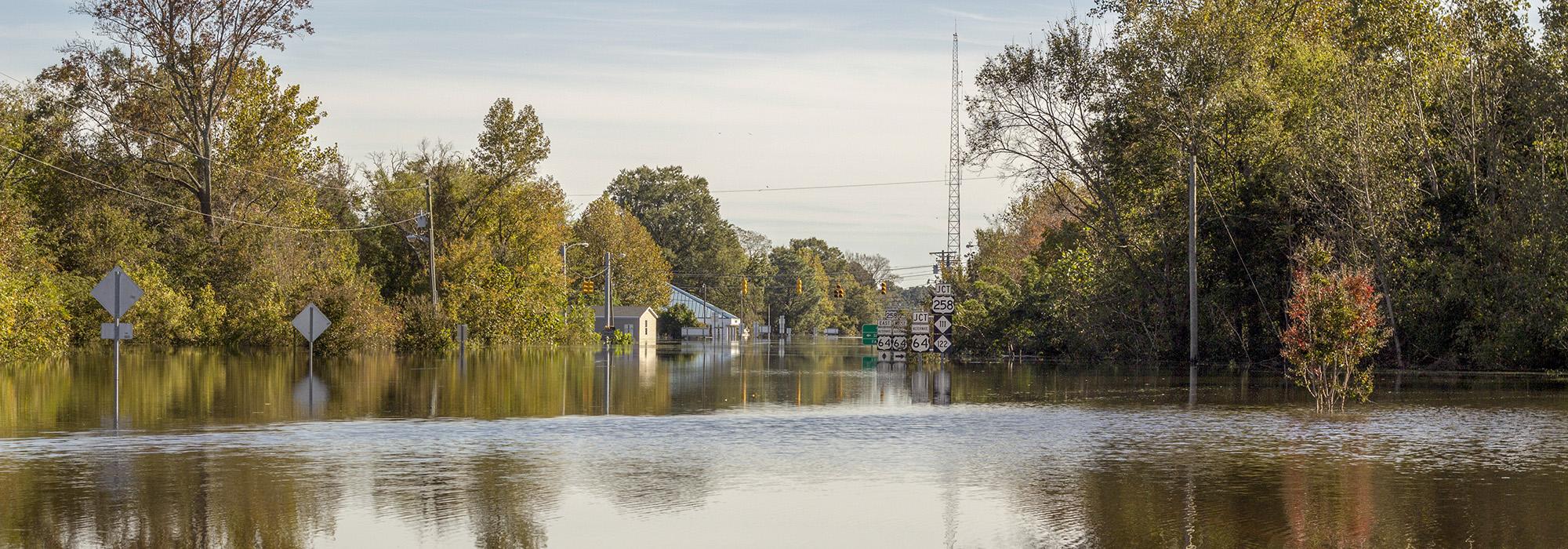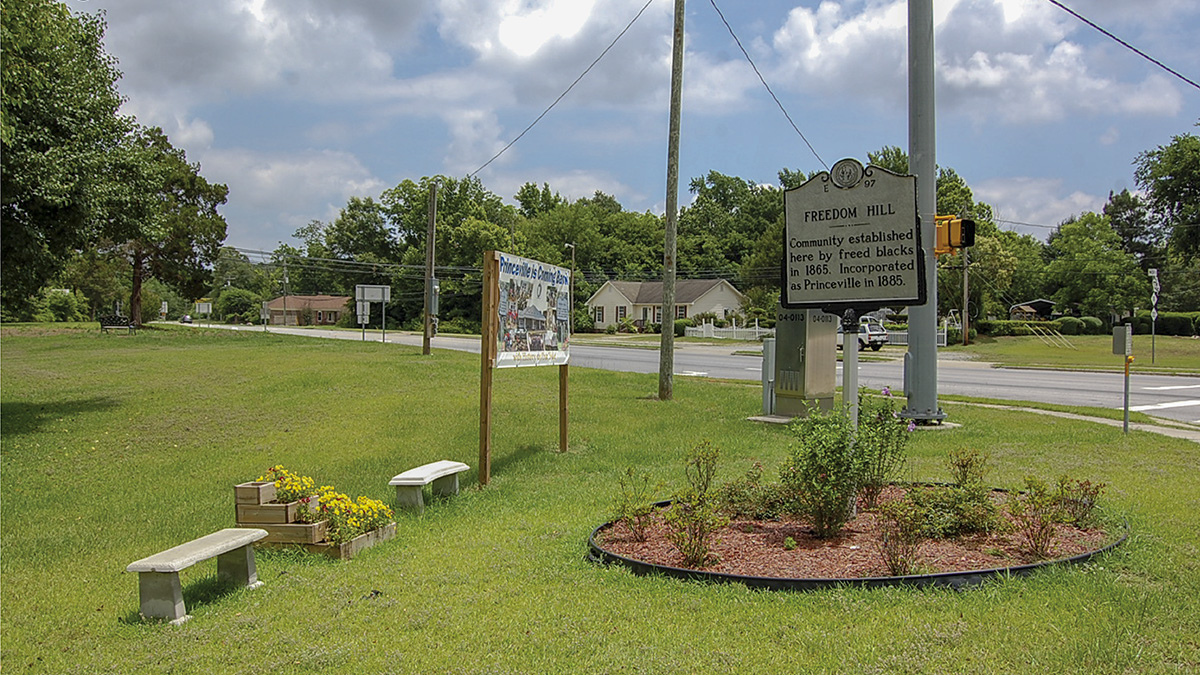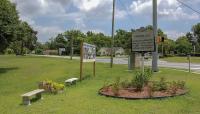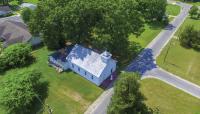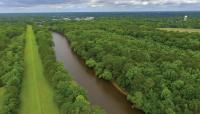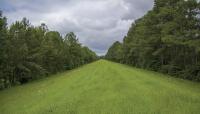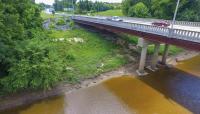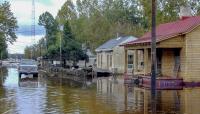Landscape Information
Located in Edgecombe County, North Carolina, Princeville was the first town incorporated by African Americans in the United States. In 1865 freedmen settled south of Tarboro on the property of white planters John Lloyd and Lafayette Dancy. The new settlers renamed the area Freedom Hill to honor the inconspicuous knoll where a Union soldier had informed them of their freedom, reading aloud the Emancipation Proclamation. In 1885 Freedom Hill was incorporated and its named changed to Princeville in honor of Turner Prince, a resident carpenter and early community leader. For the freedmen and their generations of descendants, Princeville represented an experiment in African American self-determination.
The town’s most significant cultural landscapes—occupying some 230 acres—are situated on a flood plain immediately adjacent to the Tar River. This was the only land available for purchase by people of color in the 1860s. The area includes the original site of Freedom Hill (near the intersection of Main Street and U.S. Route 258), as well as Shiloh Landing (at a sharp bend in the Tar River and currently outside the town limits), where enslaved peoples first arrived in Tarboro via river ferry. The town has always been susceptible to flooding, with many historic vernacular structures destroyed over the decades. The increasing intensity of storm-driven floods in recent years has exacerbated the risk to the town, with many residents choosing to live elsewhere. Princeville was added to the National Register of Historic Places in 2001.



